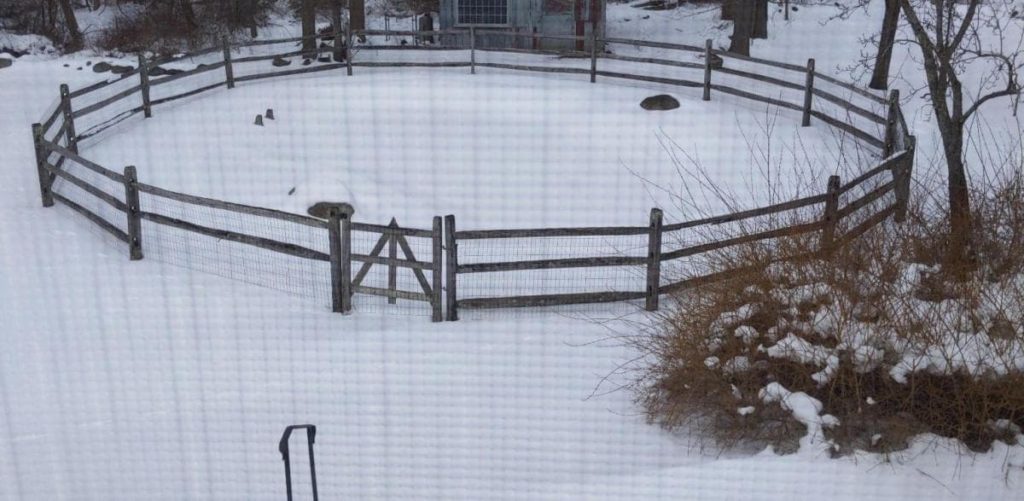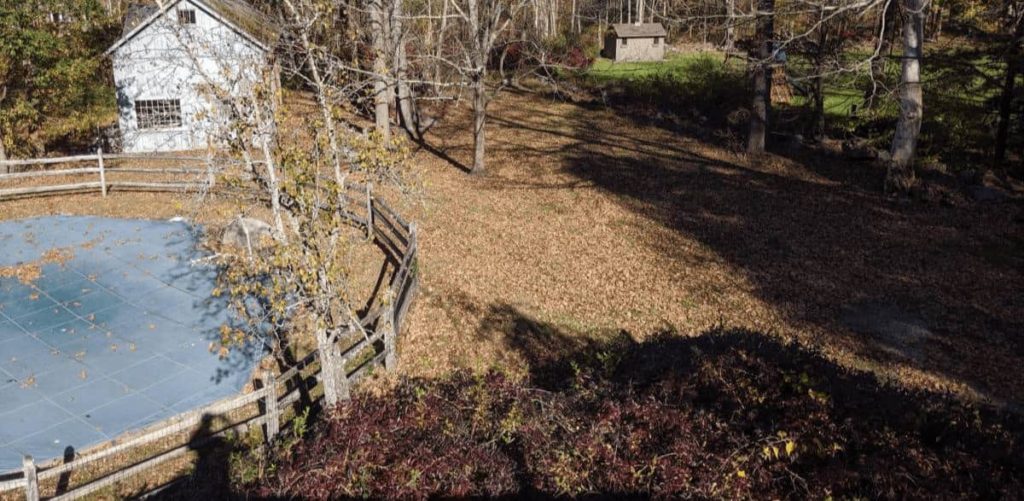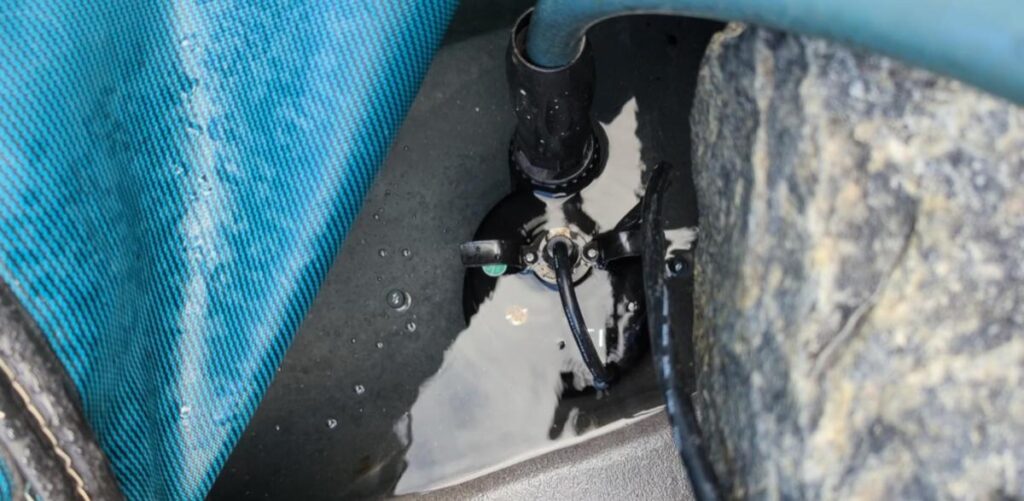The cover is on. The pool season is over. But that doesn’t necessarily mean the pool shouldn’t be looked after in the off-season.
Pool maintenance should be a year-round task. This is especially true during the winter months. It can increase the longevity of your pool and ensure that it is ready to use when the warm weather returns.
Whether you are going through your first winter as a pool owner or are a seasoned pro, here are some maintenance tasks to keep the pool in top condition throughout the offseason.
Winter Pool Maintenance Checklist

Once your pool is properly prepared for the winter, continue to care for it throughout the colder months.
Remove Leaves and Debris From the Pool Cover
If you live in a wooded area or just around a few trees, debris such as leaves and twigs can accumulate on your pool cover during the fall and winter.

Removing the leaves from the cover will prevent them from weighing down the cover and potentially causing damage.
For owners with a mesh cover, this will also prevent “dirty” water from mixing with the leaves before entering your pool.
Monitor Water Levels
It is quite normal for water levels to increase during the off-season months from rain and snow accumulation. If it gets to your tile line (if you have one) or starts to get to your coping, drain some of the water.

On the other hand, water levels can drop from evaporation (not likely with a cover) or if your pool leaks.
Now would be a good time to investigate where the leak is. Where the water line eventually stops will likely determine the cause of the leak.
Check Chemical Levels
Even though your pool is not in use during the winter, you can still check if it still has chlorine or test other parameters. Algae is unlikely to grow in colder water, but it never hurts to add a little insurance.
When testing, disrupt the water a bit to get it moving. This will ensure a more accurate test. Also, remember that if you test for CYA, it is only accurate when the water is 70 degrees F or above. You can take it inside to warm it up before testing.
Inspect Pool Equipment
If your equipment is outside, inspect it to make sure no damage has been done by fallen trees or heavy snow. Check your pool’s above-ground piping to look for cracks.
If your pool cover shows any signs of rips or damage, make any necessary patch repairs. If using water bags to keep your cover down, check if they need refilled.
Waiting For Spring
These quick checks may not seem like much, but they could lessen any headaches when you think about opening the pool.
After all, any kind of pool work is better than nothing. If necessary, play some beach tunes during your checks!
